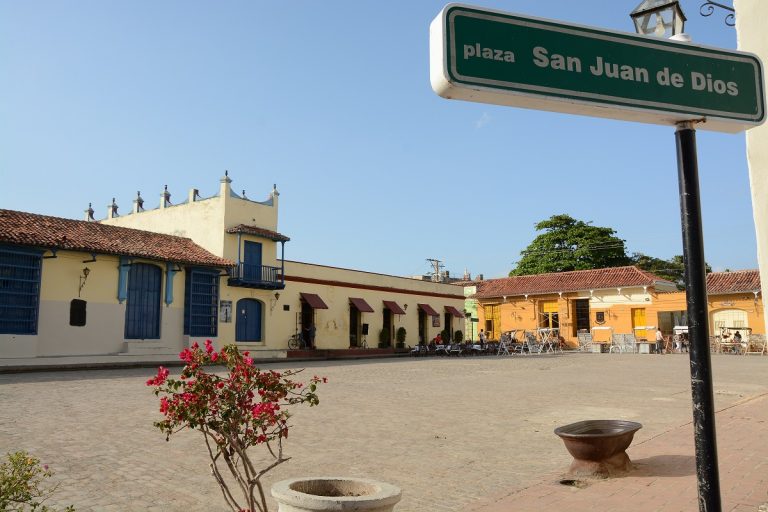The concept of cultural industries is not new. Since 1949, Theodor Adorno began to use this term, referring mainly to industrial reproduction techniques in the creation and mass dissemination of cultural works.
In the 1990s, the concept of creative economy emerged, which describes creativity in a broad sense, as the engine of innovation, technological change and as a comparative advantage for business development.
This gives rise, first in Australia and later in the United Kingdom, to the concept of creative industries, understood as those that have their origin in individual creativity, skill and talent and that have the potential to produce wealth and employment through the generation and exploitation of intellectual property.
Today, the Cultural and Creative Industries can be defined as the sectors whose organized activity is aimed at the production, promotion, dissemination and marketing of goods, services and activities with a cultural, artistic or patrimonial content.
These industries are the center of the creative economy. It is an activity that covers the fields of economy, culture and technology, focusing on the importance of services and creative content. There is a link between culture and the economy thanks to these cultural industries, which commercialize time, culture and life experience.
Creative Industries Project, a contribution to heritage management and local socioeconomic development from the cultural revitalization of the main public spaces of the Historic Center of Camagüey
It arises as an initiative of the Office of the Historian of Camagüey city (OHCC) and the foreign partners, for the interest of sharing knowledge and management practices of cultural projects, as a means to rescue, preserve and promote the identity and patrimonial values of a territory.
The Historic Center of Camagüey is a National Monument and was inscribed on the UNESCO World Heritage List in 2008. It has an extension of 330 hectares, 4,769 properties of patrimonial value and a resident population of 58,200 inhabitants (20% of the population of the city).
It belongs to the category of Urban Historic Center. Its high population density and its function as the city’s public administration and services center generates high pressure from the resident and fluctuating population on buildings and public spaces of historical value, whose heritage values are beginning to be affected.
The OHCC as the leading conservation and management entity of the Historic Center of Camagüey has decided to incorporate the approaches of creative industries in the development policies of the territory. But their knowledge is still insufficient about the enhancement of culture in the models of creative industries successfully experienced in European and Latin American cities such as Bilbao, Barcelona, Quito and Medellín). There is also a lack of knowledge to adequately insert into the management plans of the Historic Center concepts of the creative economy that favor its development.
Take action on problems that threaten the conservation and cultural management of important public spaces in the territory:
– Limited experience of urban planners and heritage managers working in the OHCC and associated state entities, on the creative industries approach and the opportunities they offer for local development.
– Little knowledge on the part of the resident population, public actors and practitioners of the new non-state forms of management (cultural and economic), about heritage values and the way to develop their businesses and artistic products in correspondence with these values.
– The need to develop opportunities that result from the joint work of the various actors, to the extent that they can influence the conservation of heritage properties, as well as the management of cultural values, for the benefit of all;
– The need to analyze and socialize good practices and lessons learned for heritage conservation and cultural management.
Translated by: Aileen Álvarez García






